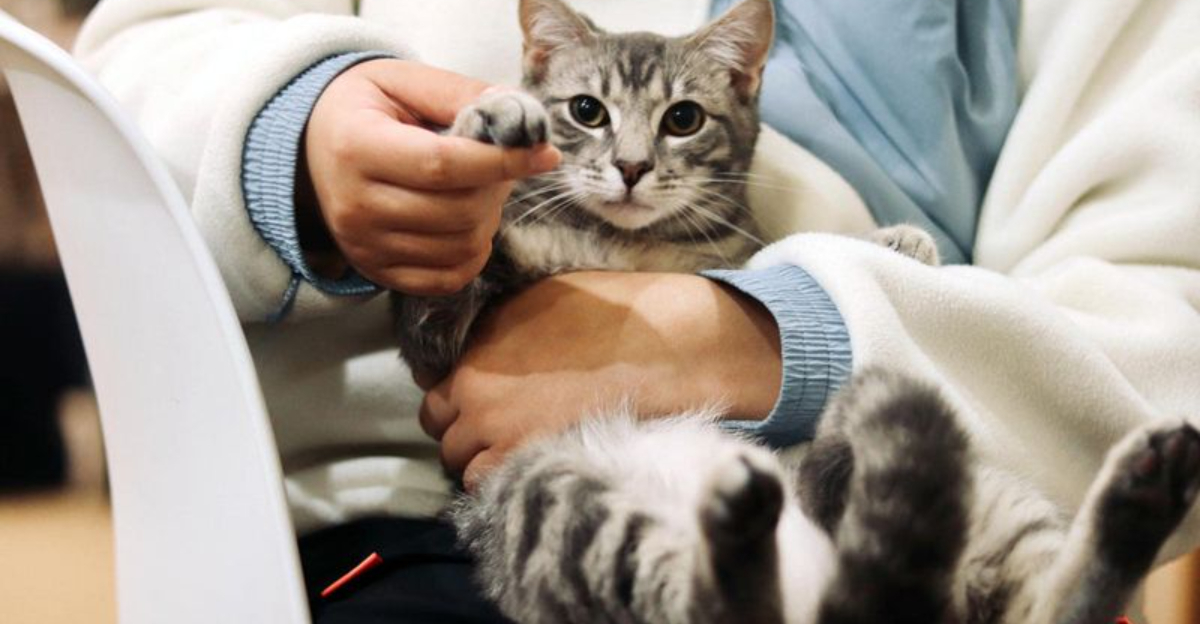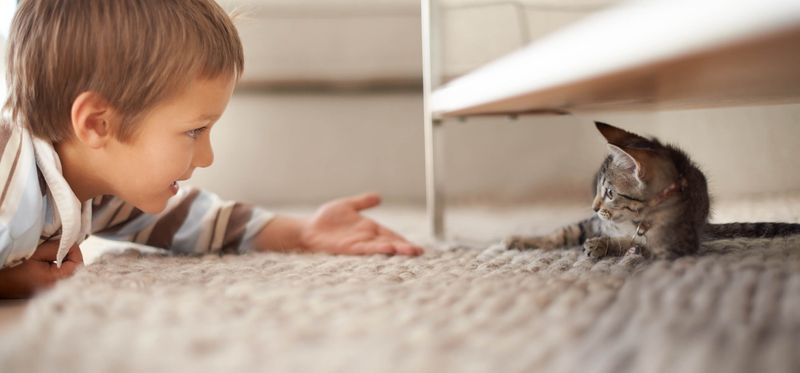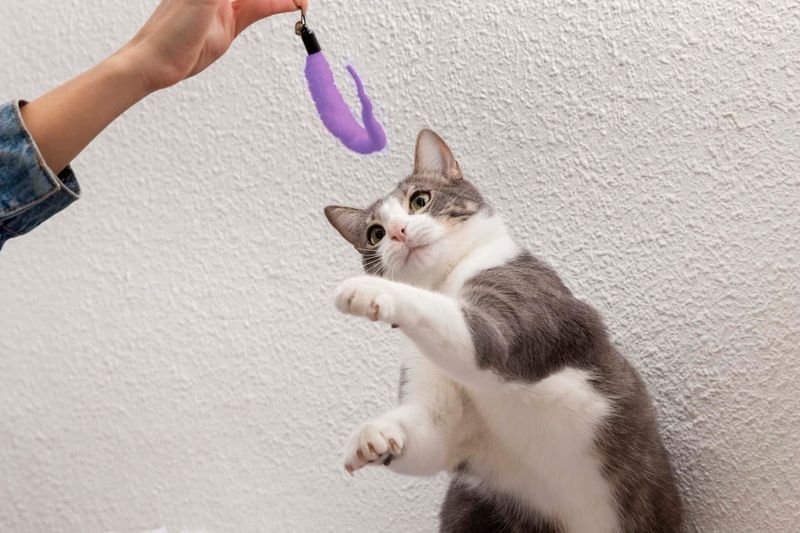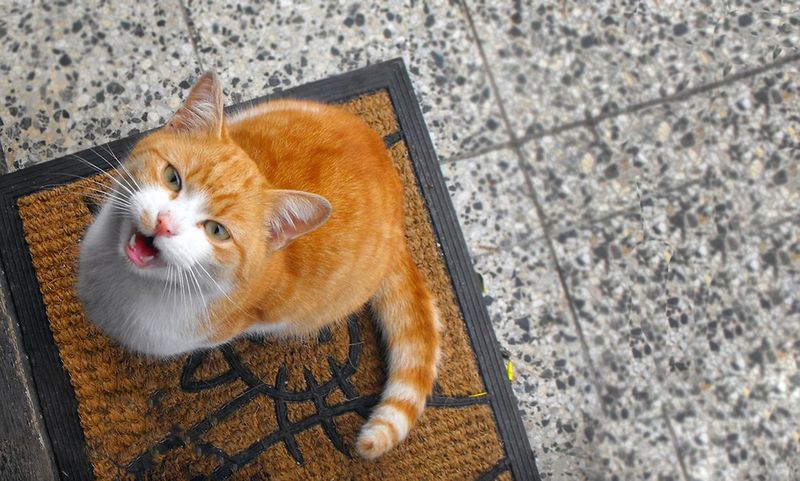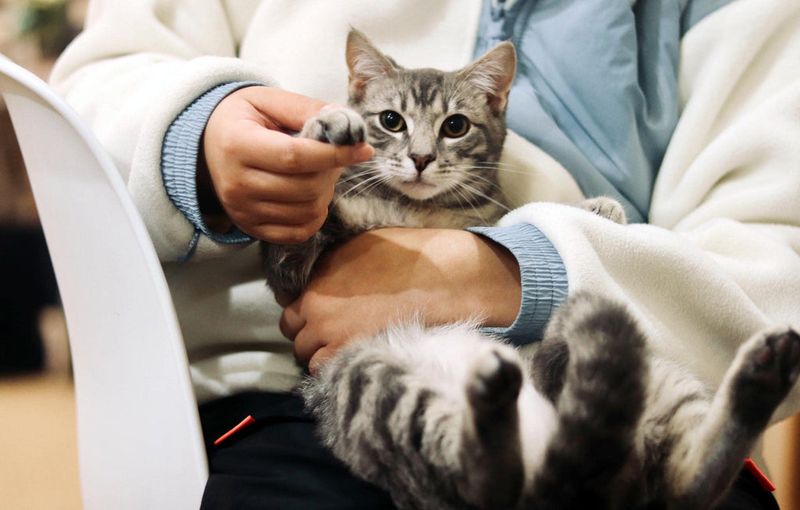📖 Table of Content:
Cats are often seen as independent creatures, but their emotional health is far more delicate than many realize. When a cat becomes withdrawn or shut down, it’s often the result of past trauma, abandonment, abuse, or even a series of stressful changes in their environment. These emotional injuries manifest in silence, hiding, or even a refusal to eat or interact—signs that should never be ignored.
Re-socializing a cat in this state requires patience, empathy, and a thoughtful, step-by-step approach. Unlike dogs, cats may not respond to traditional training techniques; instead, their trust must be earned slowly, with respect for their boundaries. Every step you take toward helping a cat feel safe again builds a foundation for emotional healing and stronger human-animal bonds.
This guide outlines seven gentle steps that will support your cat’s journey back to feeling secure, sociable, and confident. These strategies don’t just focus on behavioral correction—they emphasize comfort, connection, and creating an environment in which a traumatized cat can truly thrive.
1. Create a Safe, Quiet Environment
Begin by giving your cat their own sanctuary, a space where they feel in control and free from unexpected disruptions. Whether it’s a quiet guest room or a corner fortified with soft blankets and hiding spots, this safe zone allows the cat to decompress and observe their surroundings without feeling threatened. A secure environment acts as a buffer between your cat and the stressors of a bustling household, reducing their need to shut down further. Dim lighting, soothing background noise like classical music, and a lack of sudden movements help create an emotionally stable atmosphere. Avoid introducing new people or animals during this time, as even minor changes can cause setbacks. Providing vertical space, like shelves or cat trees, also gives them control over their territory. Remember, this space isn’t about isolation—it’s about offering freedom from pressure while they regain a sense of stability.
2. Let Them Set the Pace
Respecting a withdrawn cat’s autonomy is crucial to rebuilding trust and confidence. Rather than approaching or reaching out, simply share the space with them and let them observe you from a distance. Sitting calmly on the floor, engaging in quiet activities like reading, or just being present can show them that you’re non-threatening. Let their curiosity guide interactions—if they edge closer or peek around a corner, resist the urge to initiate touch. Your goal is to demonstrate that your presence doesn’t demand anything of them. These passive interactions, though seemingly small, form the foundation of a trust-based relationship. Over time, many cats will choose connection on their own terms when given this freedom.
3. Establish a Routine
Predictability is a powerful tool in helping cats feel safe, especially when their trust in the world has been shaken. Implement a consistent routine for feeding, litter box cleaning, and human activity around them. Regularity reduces anxiety by teaching your cat what to expect and when, eliminating surprises that could cause fear or regression. This structured environment also signals that you are a reliable part of their world. Even if the cat remains distant or wary, they are internalizing your behavior patterns and beginning to find security in them. When meals and interactions happen at consistent times, it fosters a sense of calm and stability. Routine offers not just order—but emotional reassurance that there is safety in repetition.
4. Use Positive Associations
Building positive emotional ties between your cat and your presence is essential in re-socialization. A soft voice paired with favorite treats, or the jingle of a toy just out of reach, can begin to change how your cat perceives interaction. Reinforcing calm behavior or small steps toward engagement—like looking at you or approaching—helps them associate you with good things. It’s important to let the cat choose when to accept a treat or play, as this empowers them rather than pressures them. Repeated positive experiences slowly override past trauma or distrust. Think of every interaction as a deposit into a “trust bank.” With time and consistency, these gentle reinforcements reshape their understanding of companionship.
5. Speak Their Language
Understanding and mimicking feline communication can dramatically improve how you connect with your withdrawn cat. Instead of words, focus on body language: slow blinks signal friendliness, averted eyes show non-aggression, and turning your body sideways can be less intimidating than a direct approach. By mirroring their signals, you let the cat know you’re willing to meet them on their terms. It’s also crucial to be attuned to signs of stress like a flicking tail, flattened ears, or growling—these mean it’s time to back off. The more fluently you respond to their subtle cues, the more understood they’ll feel. Over time, this silent communication becomes the bridge that allows trust to grow. Speaking their language isn’t about control—it’s about mutual understanding.
6. Engage with Interactive Play
Play can be the gateway back to joy and confidence for a shut-down cat. Unlike petting or cuddling, interactive toys give the cat a chance to control the interaction, releasing pent-up tension through movement. Wand toys, feather teasers, or laser pointers allow for play from a distance, which feels safer for wary felines. The natural hunting sequence—stalk, chase, pounce—activates both their body and brain, fostering emotional well-being. Even a few moments of daily play can bring a cat out of their shell and begin forming positive associations with you. Always let them “win” by catching the toy, reinforcing their success. Play nurtures both trust and independence, making it a powerful tool in recovery.
7. Reward Curiosity and Small Wins
Each brave step your cat takes deserves acknowledgment, even if it seems tiny. Whether it’s sniffing your fingers, grooming in your presence, or sitting nearby instead of hiding, these are powerful indicators of trust. Reinforce them with soft praise, a treat, or simply space to continue exploring. When you respond positively to these cues, your cat learns that vulnerability is safe and rewarded. It’s easy to overlook these moments, but in a withdrawn cat’s journey, they’re monumental. Stay consistent, and avoid expressing disappointment if progress stalls. Your patience and attentiveness will give them the courage to keep moving forward. Every small win is a step toward emotional recovery.
